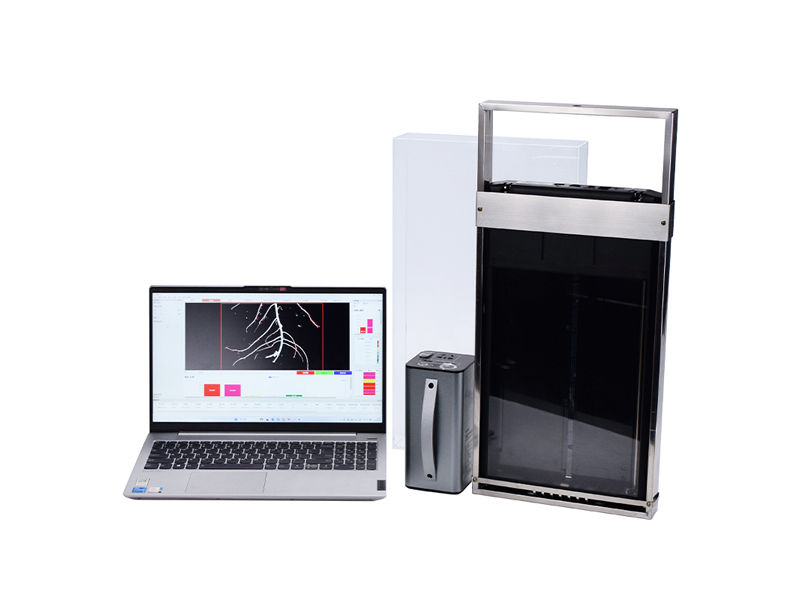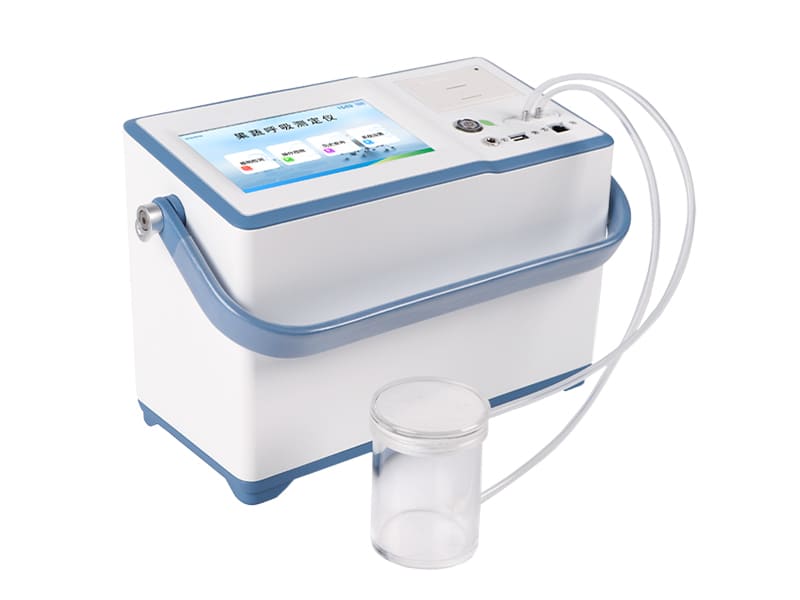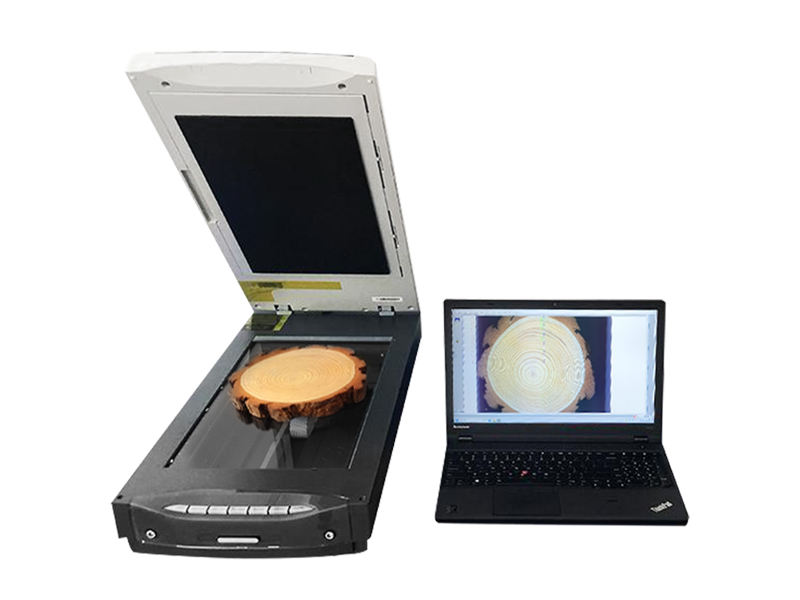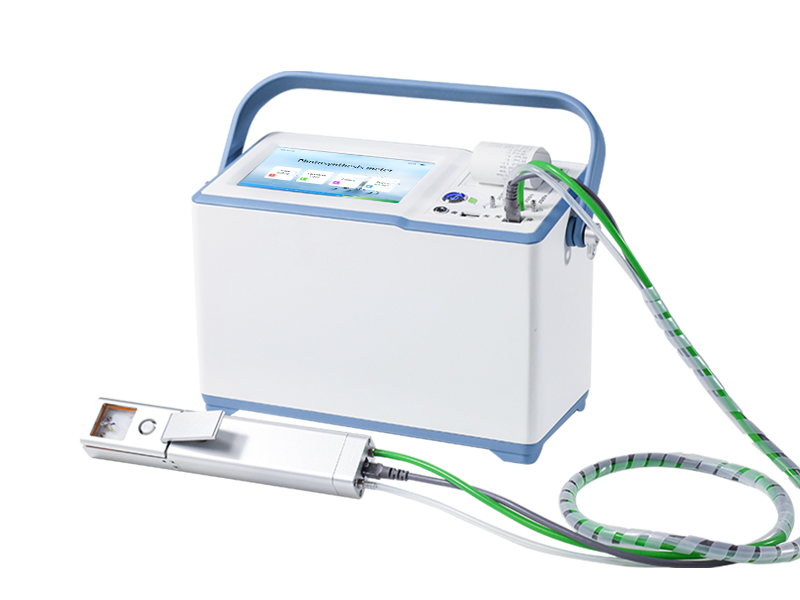Overview:
Bacteria, fungi and viruses are the main causes of crop diseases. These pathogenic microorganisms generally infect plants through stems, leaves, roots, fruits, etc. Although most diseases are easier to prevent and control in the early stage of infection, they are generally not easy to be detected. Once the disease occurs, prevention and control are not only difficult but also ineffective, resulting in reduced crop yields or even total crop failure. How to detect and prevent the disease in the early stage of onset is particularly important for preventing and controlling the occurrence of diseases.
The detection of plant diseases is a complex chemical and physical process. It has always been the goal of people to move from the laboratory to practical application. This instrument can quickly analyze and determine the types of various crop diseases. It provides a scientific theoretical basis for how to prevent and control diseases and use drugs, and brings great convenience to farmers and farmers.
Detection principle:
According to biophysical methods, the membrane position of a healthy plant is generally around -50mv, the external liquid membrane resistance is around 105Ω/cm, and the membrane capacitance is basically maintained at 1uf. Once crops are infected, it will inevitably lead to changes in the molecular vibration spectrum and an increase in membrane potential. The inoculation of different pathogens will inevitably change. According to this principle, the type and type of the disease can be distinguished by the method of conductivity and light diffraction. This technology is the first in the world.
Technical indicators and working environment:
1. Measurement principle: ultra-high brightness cold light source reflection measurement principle.
2. Test speed: single test 60 copies/hour, continuous test 120 copies/hour.
3. Recording method: thermal printer printing.
4. Display method: 240*60 dot matrix LCD display.
5. Recording paper: thermal printing paper, 57mm.
6. Working environment:
(1) Working temperature: 0°-40°;
(2) Relative humidity: RH≤85%;
(3) Stay away from strong electromagnetic interference sources and avoid direct exposure to strong light.
7. Working power supply: AC220V±10%, 50Hz±2Hz
8. Power: ≤30W
9. Net weight: ≤3kg
Operation procedures:
1. Turn on the power, the instrument starts self-test, the test slot slowly moves out, and waits for testing.
2. Cut the roots, stems, and leaves of the plant into pieces and place them in a plastic bowl. The amount is about one-third to one-fifth of the volume of the plastic bowl.
3. Use a dropper to draw equal amounts of five indicator liquids, drop them into the plastic bowl containing the plant, stir evenly, and place for 2-3 minutes for testing.
4. After rinsing the dropper with clean water, draw a little mixed liquid of the indicator and plant fragments, evenly apply it to the indicator strip, and put the indicator strip into the test slot with the color bar facing up.
5. Gently press the test button. After hearing a beep, the tester starts testing. The test slot and indicator strip slowly move into the instrument, and then return. At this time, the instrument starts to automatically print the test results.
Result analysis:
Item Normal reference value Pathological reference value
Viral disease-------≥493---------<262
Fungal disease------≥485----------<266
Bacterial disease------≥420----------<249
Fungal virus complex disease---≥472------<228
Fungal bacteria complex disease----≥502-----<258
Viral bacteria complex disease----≥511-----<316
Fungal bacteria virus complex disease--≥412----<147
Residual amount-------≥096----<063
Trace element deficiency ----≥372-------<236
Photosynthesis rate ------≥505-------<311
Leaf growth -------≥43-------<402
★If the test value is greater than the reference value, it means normal growth. If it is lower than the reference value, it can be used as a reference.
Medication guide:
The test value is the reference value for guiding medication. The lower the test value, the more serious the crop disease or the weaker the plant growth. In addition to fungicides, foliar fertilizer should be applied. The amount should not exceed the limit value of a certain drug, otherwise it will cause drug damage.
Precautions:
1. Avoid testing in places with direct strong light.
2. Pay attention to electrical safety. Stop using when the air humidity exceeds 85%.
3. The instrument should be stored in a ventilated, dry, and light-proof place, and covered with a dry cloth.
4. The test slot and print head should be kept clean.
Instrument accessories:
1. One host 2. One box of test strips 3. Two fuses 4. One power cord 5. One roll of printing paper 6. Five types of indicator liquid
- Previous: no more
- Next: no more



 Current
Location:
Current
Location: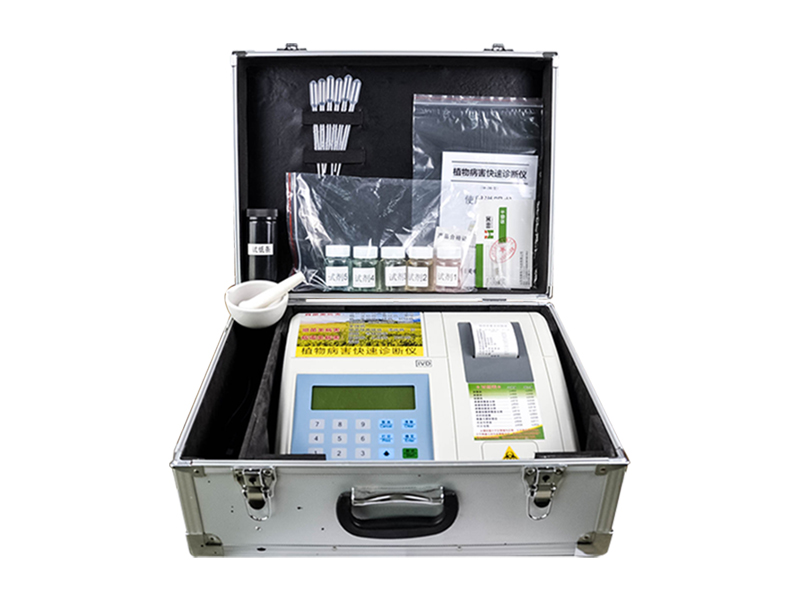
 +86 17853698681
+86 17853698681 WhatsApp
WhatsApp Product Details
Product Details Related Products
Related Products